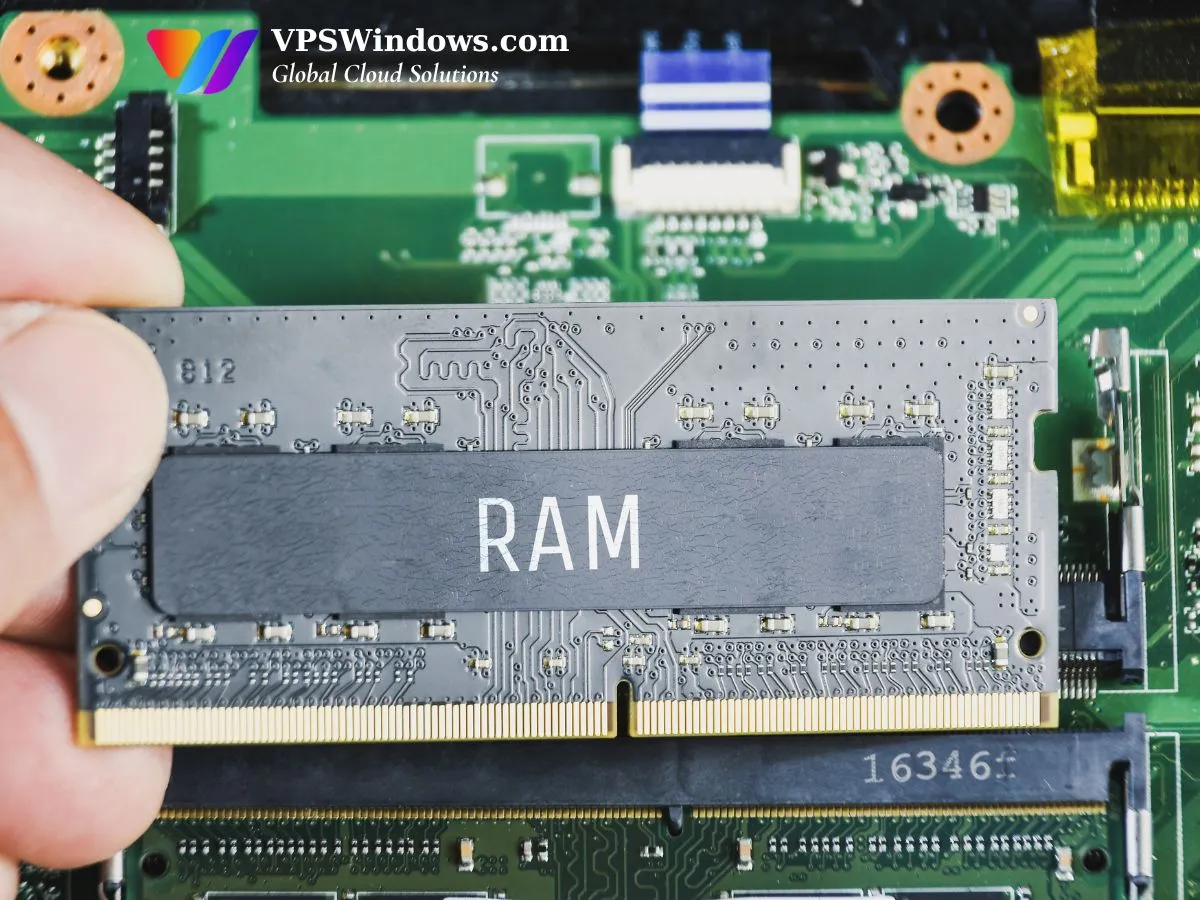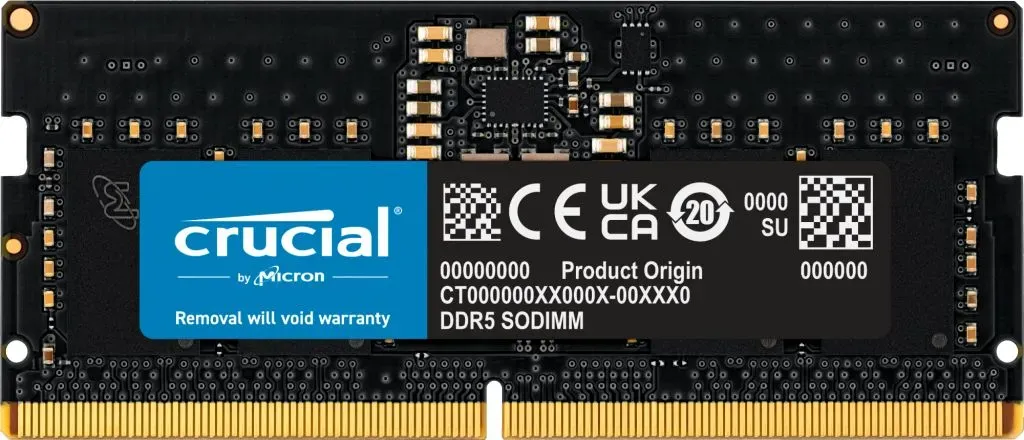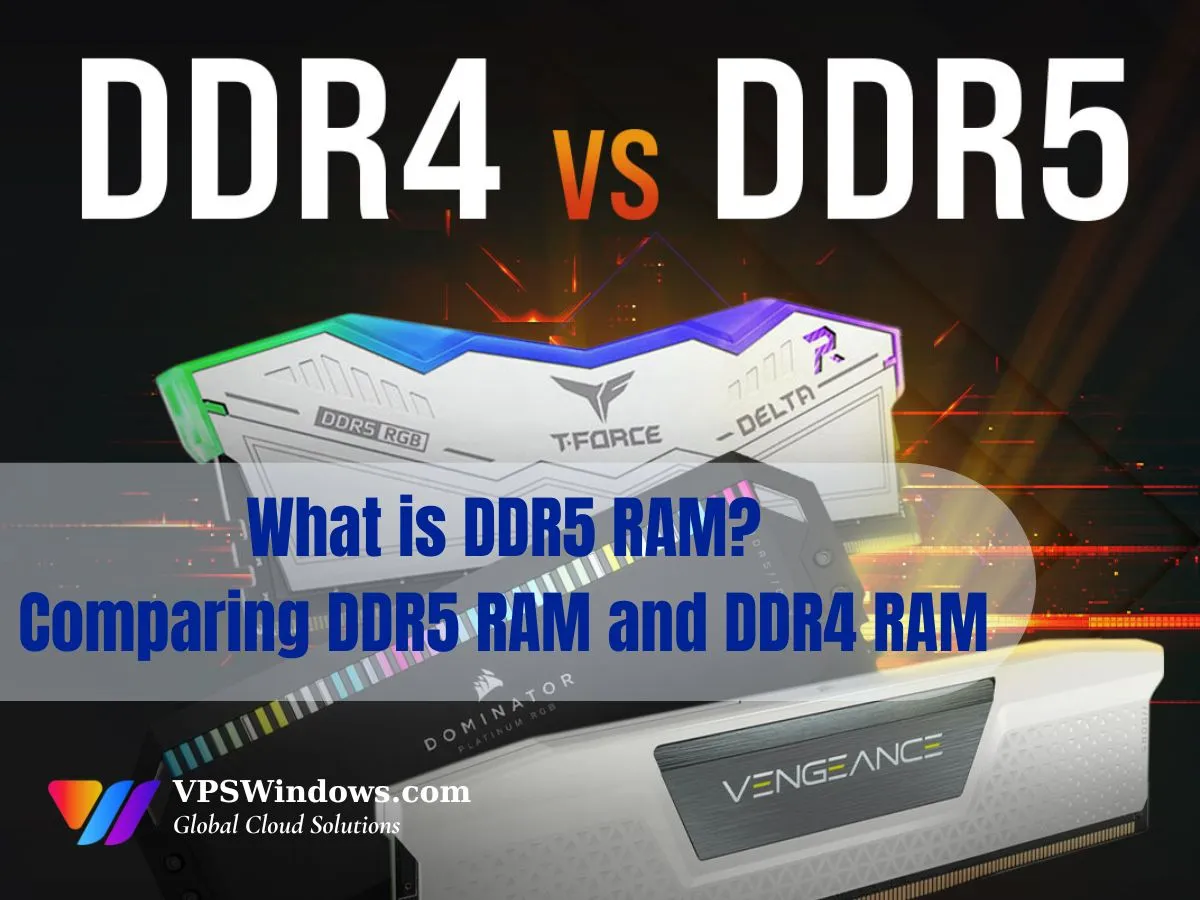In an age where computing speed and efficiency determine productivity, understanding the difference between RAM generations, especially DDR4 and DDR5, is crucial. DDR5 RAM represents the fifth generation of Double Data Rate Synchronous Dynamic Random Access Memory, offering significant enhancements over its predecessor, DDR4, which has dominated the market for many years. With technical advancements paving the way for increased speeds, higher capacities, and improved efficiency, DDR5 isn’t just an increment but rather a revolution in memory technology. This transformation opens up new possibilities for gamers, content creators, and professionals who rely heavily on computing power.
What does RAM do?
Random Access Memory (RAM) plays a pivotal role in the computing experience. It serves as temporary storage, allowing your CPU to access data quickly while running applications, which can drastically improve performance and multitasking capabilities. When you open a program or process data, the information is loaded from your storage drive (such as SSDs or HDDs) into RAM for quick access. However, the data resides in RAM only as long as the computer remains powered; once it’s turned off, all data is lost.

Understanding RAM’s role:
- Performance Enhancement: A computer with ample RAM can handle multiple applications simultaneously without slowing down. This is crucial for activities like gaming, video editing, and running virtual machines.
- Data Access Speed: The speed at which RAM can read and write data significantly affects how fast applications load and respond. Faster RAM allows for smoother and more responsive interfaces.
- Temporary Storage: Unlike hard drives, which permanently store data, RAM temporarily holds data for quick access making it volatile.
In short, a sufficient amount of well-configured RAM is vital for any computer, especially for those engaged in demanding tasks, as it directly influences both performance and efficiency.
What is DDR5 RAM?
DDR5 RAM emerges as a groundbreaking advancement over DDR4 RAM technology. With the need for faster and more efficient data processing continuously increasing, DDR5 was engineered to meet these demands. Officially launched in 2021, DDR5 RAM boasts significant improvements across various dimensions, including speed, capacity, and energy efficiency.

Key attributes of DDR5:
- Increased Speed and Bandwidth: DDR5 RAM starts at data rates of 4800 MT/s and is poised to reach up to 8400 MT/s, vastly surpassing DDR4’s 3200 MT/s limit. This leap in speed means faster data transfer rates and a noticeable effect on system performance.
- Higher Capacity Support: DDR5 allows for larger memory configurations, supporting up to 128GB per module compared to DDR4’s maximum of 32GB per module. This is particularly beneficial for heavy workloads in gaming and professional environments.
- Lower Voltage Operation: Operating at just 1.1V compared to DDR4’s 1.2V, DDR5 offers improved energy efficiency, which can lead to lower power costs and less heat generation a significant advantage for laptops and powerful workstations.
To summarize, DDR5 represents a notable leap in technology. Its advanced architecture ensures higher performance levels and meets the demanding needs of modern applications, ensuring that users fully leverage their computing capabilities.
Development process and launch of DDR5 RAM
The development of DDR5 RAM did not happen overnight but was the result of several years of research, design, and engineering to meet contemporary needs. As data requirements surged in various sectors, especially gaming, content creation, and data analysis, memory manufacturers recognized the pressing need to enhance RAM specifications.
Key phases in development:
- Research and Specifications: The initial phase involved understanding the limitations of DDR4, which had reached its peak in terms of speed and capacity. Engineers established goals for DDR5, aiming not only for speed but also for enhanced reliability and efficiency.
- Collaboration Among Manufacturers: Various manufacturers, including industry giants like Samsung, Micron, and Kingston, collaborated on the specifications and validation processes for DDR5, ensuring compatibility and performance benchmarks.
- Testing and Prototyping: Extensive testing under various conditions allowed for fine-tuning design aspects such as voltage requirements and memory density arrangements, ensuring that DDR5 could deliver on its promises once it hit the market.
In October 2020, the specifications were officially finalized, leading to a significant announcement regarding DDR5, making it available for consumers by late 2021. With this launch, DDR5 set a new standard in RAM technology, demonstrating the remarkable advancements that can reshape the computing landscape.
Key reatures of DDR5 RAM
The launch of DDR5 RAM was met with considerable excitement due to its numerous enhancements designed to improve performance and efficiency significantly. Here are some defining features that set DDR5 apart:
1. Enhanced data rates:
DDR5 begins at 4800 MT/s, with expectations to exceed 8400 MT/s. This enhancement is crucial for data-intensive applications such as gaming and content creation.
2. Increased capacity:
- Module Sizes: DDR5 supports module sizes of up to 128GB, a substantial increase from DDR4’s maximum of 32GB.
- Utilization in Workstations: This increase allows professionals to utilize memory-intensive applications efficiently without worrying about running out of RAM.
3. Power cfficiency:
Operating at 1.1V instead of 1.2V not only conserves energy but also generates less heat. This is beneficial for laptops that rely on battery power, ensuring longer usage times.
4. Improved error correction:
On-die ECC (Error Correction Code) improves reliability by correcting errors in real time, proving especially beneficial in critical applications.
These features collectively position DDR5 RAM as a powerful memory solution capable of handling the demands of next-generation applications, making it an attractive investment for consumers looking for a performance upgrade.
Comparing DDR5 RAM and DDR4 RAM
When it comes to RAM, the shift from DDR4 to DDR5 marks a significant evolution in memory technology. Let’s break down some of the critical differences between these two generations of RAM:
| Feature | DDR4 | DDR5 |
|---|---|---|
| Data Rates | Max 3200 MT/s | Starting at 4800 MT/s and reaching up to 8400 MT/s |
| Capacity per Module | Up to 32GB | Up to 128GB |
| Voltage | 1.2V | 1.1V |
| ECC Support | No | Yes (On-Die ECC) |
| Channel Architecture | Single 64-bit channel | Two 32-bit channels |
Performance improvements:
- The increased data rate of DDR5 means significantly faster read/write speeds, enhancing the overall user experience in gaming and productivity applications.
- The higher capacity support allows users to run more applications simultaneously without experiencing lag, making DDR5 ideal for heavy multitasking.
Efficiency gains:
- With lower voltage requirements, DDR5 not only provides performance boosts but also contributes to better thermal management, which is crucial in laptops and compact systems.
In summary, while DDR4 has served its purpose effectively, DDR5 RAM brings forth substantial enhancements that support the increasing demands of modern computing environments, making it a worthwhile investment for tech enthusiasts and professionals alike.
Applications of DDR5 RAM
As we reflect on the differences between DDR4 and DDR5 RAM, it’s clear that DDR5’s advancements offer new opportunities for various applications. From gaming to professional workstations, DDR5 RAM’s enhanced specifications contribute to better performance and efficiency.
Gaming
In the gaming world, the ability to process data quickly is critical for a smooth experience. DDR5’s higher data rates significantly improve performance in CPU-bound scenarios. Titles such as Cyberpunk 2077 and Call of Duty have shown noticeable improvements in frame rates and load times with DDR5. Gamers can expect:
- Faster Load Times: Reduced latency and quicker access times lead to a better gaming experience.
- Higher Frame Rates: Enhanced bandwidth allows for smoother graphics and visuals.
- Improved Performance in Demanding Titles: Games that leverage real-time data processing particularly benefit from DDR5.
Professional workstations
For professionals who rely on high-performance computers for video editing, 3D rendering, and data analysis, the capacity and speed of DDR5 RAM can be a game-changer. The advantages include:
- Efficient Workflow: Higher capacities allow for more seamless multitasking when running multiple heavy applications.
- Enhanced Processing Speed: The boosted data rates mean quicker processing of high-resolution assets.
- Reliability and Error Correction: With on-die ECC, professionals can trust in the data integrity, crucial for critical projects.
Servers and Data Centers
In environments like servers and data centers, where performance and efficiency directly affect operational costs, DDR5 RAM presents several advantages:
- Higher Data Throughput: This is vital for cloud computing and big data analytics, allowing servers to handle more requests simultaneously.
- Improved Energy Efficiency: Operating at a lower voltage helps reduce power costs, an essential factor for data center management.
- Scalability: The support for high-density memory configurations means data centers can maximize their performance while minimizing physical space.
Everyday computing
For the average user, the transition to DDR5 RAM means a more responsive computing experience. Tasks that can benefit include:
- Optimized Multitasking: Users can run several applications without significant slowdowns.
- Quick Boot and Load Times: Faster RAM improves initial load times for the operating system and applications.
- Better Streaming and Content Consumption: Enhanced speeds make it smoother to watch high-definition videos and participate in video conferencing.
Conclusion
As we analyze the impressive capabilities of DDR5 RAM compared to its predecessor, DDR4, it’s clear that DDR5 is not just an upgrade but a necessity for modern computing needs. Whether you are a gamer seeking enhanced performance, a professional relying on efficient workflows, or someone who simply wishes to improve everyday computing, DDR5 RAM delivers substantive benefits that enhance overall performance. As industries advance and data demands increase, DDR5 stands poised to keep pace with these evolving requirements, ensuring that users can achieve optimal productivity and performance in their digital landscapes.
For more insights into the latest technology trends and hardware reviews, stay tuned to our blog. If you have any questions or need personalized advice, feel free to reach out to our support team.
>>> You may be interested in: Compare VMware and KVM: Which Virtualization Technology is Best for Your VPS?











